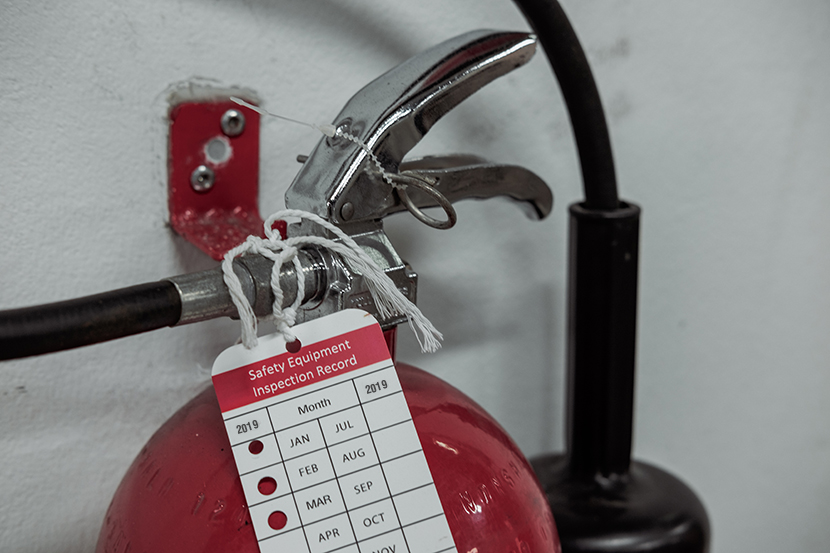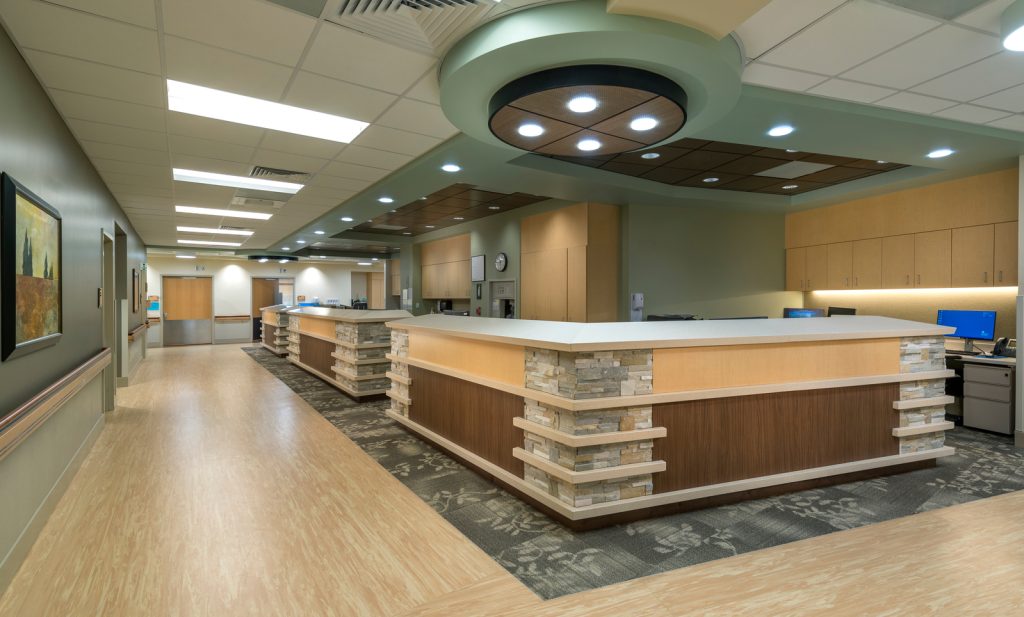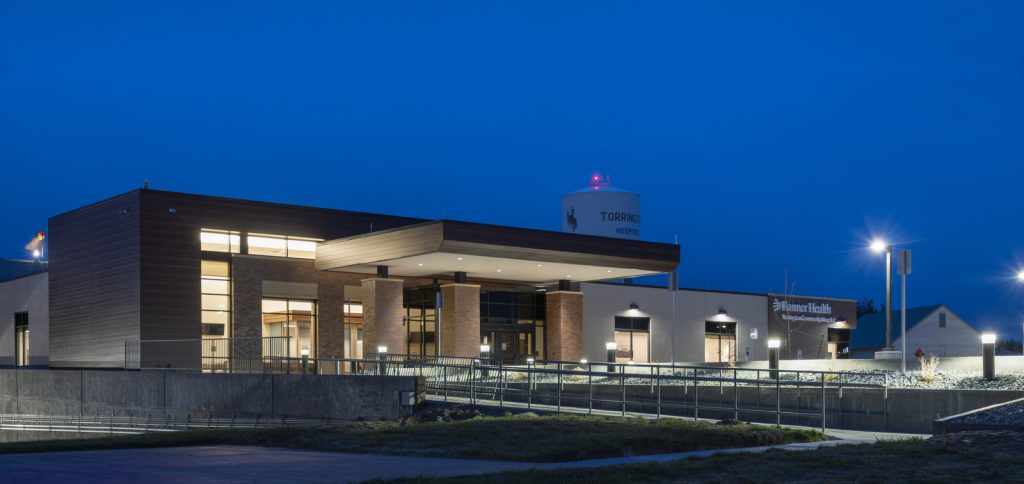Being surveyed for the Joint Commission (TJC) has always been a stressful event for hospital administration and staff. Unfortunately, recent changes to survey approach and enforcement make it even more challenging. Changes within CMS mean it’s not only hospitals getting surveyed, but smaller outpatient services and off-campus licensed facilities as well.
The organization-specific surveys are unannounced and happen every three years following the last full survey visit. Once you get to 36 months, you should know that it’s going to happen within the next three months. The day of the actual survey, you’ll get an early morning phone call to let you know they’ll be there for the next 1-3 days, depending on the size of the facility.
Usually, facilities facing the survey are under the gun to prepare. Many do their best to address all potential items well in advance; and may utilize third party surveyors to run through their facilities early for mock surveys and then work to correct everything they can. Then there are those who are just taken by surprise and will have to scramble to comply with the new processes.
My advice: always be prepared.
So, what do you need to know?
- Inspectors now follow a “See It, Cite It” philosophy; no punches are pulled. The solution? Don’t cut corners, check all of your facilities, prep your staff and get your documentation in order.
- There are no constraints when it comes to the extents of the survey. Inspectors can and will go anywhere on site that they see fit. They will not limit the survey to just the patient care areas and may request to see the full extent of your campus. This also includes staff! Prepare your staff to answer environment of care and standard procedure questions on their department and operations. Surveyors can and will ask them questions, so, again, prepare your staff or get them out of there! Surveyors may use those staff responses to guide their queries or as basis for deficiencies.
- If you do receive any citations, you’ll get an initial list of findings. The same list goes to CMS; they will determine what is truly to be the focus of attention. You’ll then have a follow-up survey which occurs 30-45 days later. Keep this in mind: the follow-up survey will cover the list of specific items from the initial survey, but that doesn’t mean a new surveyor visiting your site won’t look elsewhere and report additional findings.
Subsequent survey failures initiate a 90-day correction cycle. Again, every time they come back, you could be starting over because the surveyor may be looking elsewhere. Ultimately, repeated survey failures can lead to a department or facility shut down. - A “Plan for Improvement” (PFI) is no longer allowed for deficiencies. Deficiencies must be corrected within the time-frame outlined or you will be cited again at follow-up survey. The repeating cycle is a huge change operationally. PFI’s were being written to cover deficiencies through projected work or planned projects, in some cases it could be years before important deficiencies were being addressed. As a result, CMS and TJC have come down hard on this, eliminating PFI’s and forcing immediate action.
- Documentation is vital. Inspectors will ask to see the as-builts, testing and maintenance records and the operational procedures that are required to be kept on site in an archived and organized fashion. This can be a big deal. In the past they may have asked for some of this info, but now you will need to prove that you’re keeping track of all your drawings, records, testing and documentation. In the extreme this too could lead to a facility shut down.
Documentation includes actual locations of devices as well as record of testing dates—this applies to all rated doors and includes all devices for fire protections and suppression: sprinkler heads, detectors, pull stations, FEC’s, dampers, etc. Areas of construction or renovation should have documentation of devices removed, quantity and locations, as well as the newly installed devices.
Long story short, the stakes and effort required for compliance have been raised. We are assisting clients on ways to address this through our own efforts, and, also directing our clients towards specialist consultants. For a comprehensive kick-start to get prepared, check out The Joint Commission’s 2019 Survey Activity Guides here.









